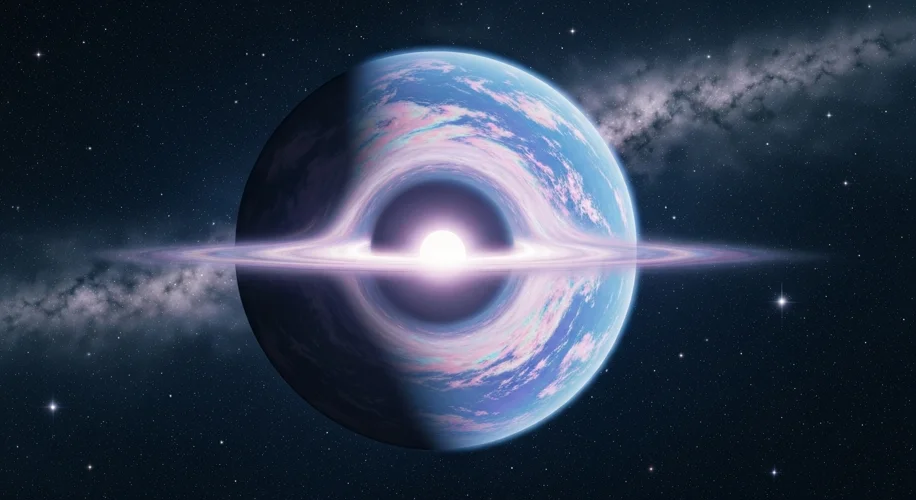Did you know that the universe might be hiding a truly mind-bending phenomenon? We’re talking about dark matter, that mysterious substance that makes up about 85% of the universe’s mass but that we can’t see or directly detect. Now, a new theory is suggesting that dark matter could be playing a role in creating black holes inside planets, potentially leading to their destruction from the inside out.
This is a fascinating idea that comes from the realm of theoretical physics, and it offers a new perspective on the elusive nature of dark matter and its potential cosmic implications. It’s a bit like thinking about how our atmosphere interacts with Earth, but on an astronomical scale and with entirely different forces at play.
What’s the Big Idea?
At its core, the theory suggests that if dark matter particles are dense enough within a planet’s core, they could start to clump together. As these dark matter particles interact, they could theoretically collapse under their own gravity, forming a tiny black hole. This isn’t like the supermassive black holes we hear about at the centers of galaxies, but something much smaller, potentially forming right in the heart of an exoplanet.
Imagine a planet that looks perfectly normal on the outside. But deep within its core, a miniature black hole made of dark matter is slowly growing. As it grows, it would begin to consume the planet’s matter from the inside. This process could explain why some exoplanets might appear to vanish or behave in ways that current models can’t explain.
Why Dark Matter Matters
We know dark matter is crucial for understanding how galaxies form and hold together. Its gravitational influence is what keeps stars orbiting within galaxies at speeds that would otherwise cause them to fly apart. But its exact composition and how it interacts with ordinary matter are still big unknowns.
This new theory dives into one of those unknowns, exploring a potential interaction that could have dramatic consequences for celestial bodies. It’s a reminder of how much we still have to learn about the fundamental building blocks of our universe and the forces that govern it.
What This Means for Us
While this is a theoretical concept, it opens up new avenues for research. Scientists might look for specific signatures or behaviors in exoplanets that could be consistent with this internal black hole formation. It’s a reminder that the universe is full of surprises, and our understanding of its workings is constantly evolving.
As a scientist who has spent years modeling complex systems, I find these kinds of theories incredibly exciting. They push the boundaries of our knowledge and encourage us to look at the cosmos with fresh eyes. It’s this kind of curiosity that drives scientific progress, helping us unravel the universe’s deepest mysteries, one fascinating theory at a time.

